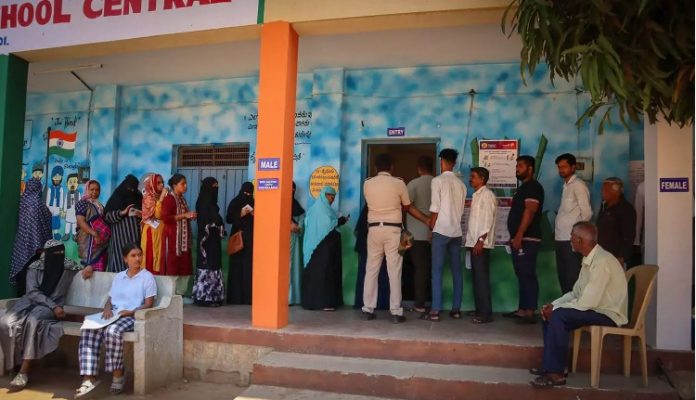New Delhi, June 6: The 2024 Lok Sabha elections have resulted in the election of 73 women MPs, a decrease from the 78 women elected in 2019. A total of 797 women candidates contested the elections, with the Bharatiya Janata Party (BJP) fielding the most at 69, followed by the Congress with 41.
West Bengal emerged as the state with the highest number of female MPs, contributing 11 to the total. This election marks the first since the passage of the women’s reservation bill in Parliament, aiming to reserve one-third of seats in the Lok Sabha and state assemblies for women, though the law has yet to be implemented.
According to Election Commission data, the BJP secured 30 seats for its women candidates, Congress 14, TMC 11, Samajwadi Party four, DMK three, and two each for the JDU and LJP(R). With female MPs making up 13.44% of the 18th Lok Sabha, this represents one of the highest proportions of women members since 1952. The 17th Lok Sabha had the highest number of women parliamentarians at 78, or over 14% of the total strength.
Prominent figures such as TMC’s Mahua Moitra, NCP’s Supriya Sule, SP’s Dimple Yadav, and BJP’s Hema Malini, retained their seats. Newcomers like Kangna Ranaut and Misha Bharati also made significant impacts with their victories. Among the youngest winners were Samajwadi Party’s Priya Saroj, 25, from Machhlishahr, and Iqra Choudhary, 29, from Kairana.
Noteworthy is the Naam Tamilar Katchi party’s achievement of equal gender representation by fielding 50% women candidates. Other parties with significant female representation included Lok Janshakti Party (Ram Vilas) and Nationalist Congress Party, each with 40%, Jharkhand Mukti Morcha and Biju Janata Dal at 33%, Rashtriya Janata Dal at 29%, Samajwadi Party at 20%, and Trinamool Congress at 25%.
Out of the 8,360 total candidates in the parliamentary polls, three transgender candidates contested independently, though none was successful.
Reflecting on historical trends, there were 24 women MPs each in the first and second Lok Sabha sessions. The progression to the current figure of 73 women MPs illustrates a growing, albeit gradual, increase in female political representation.
This election cycle also highlighted the strategic importance of female candidates, with parties increasingly recognizing their role in shaping electoral outcomes. As India awaits the full implementation of the women’s reservation bill, the hope for more balanced gender representation in politics continues to grow.




